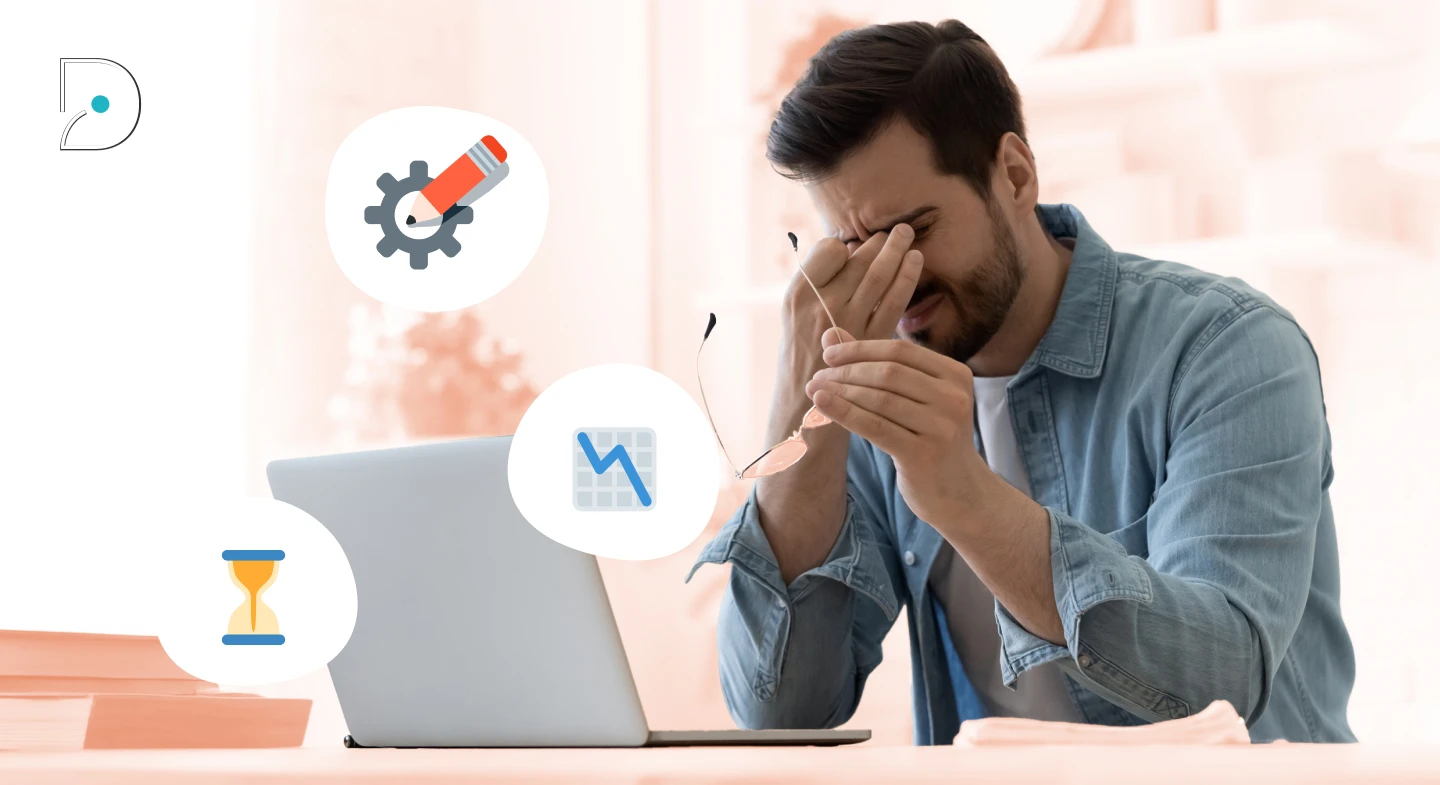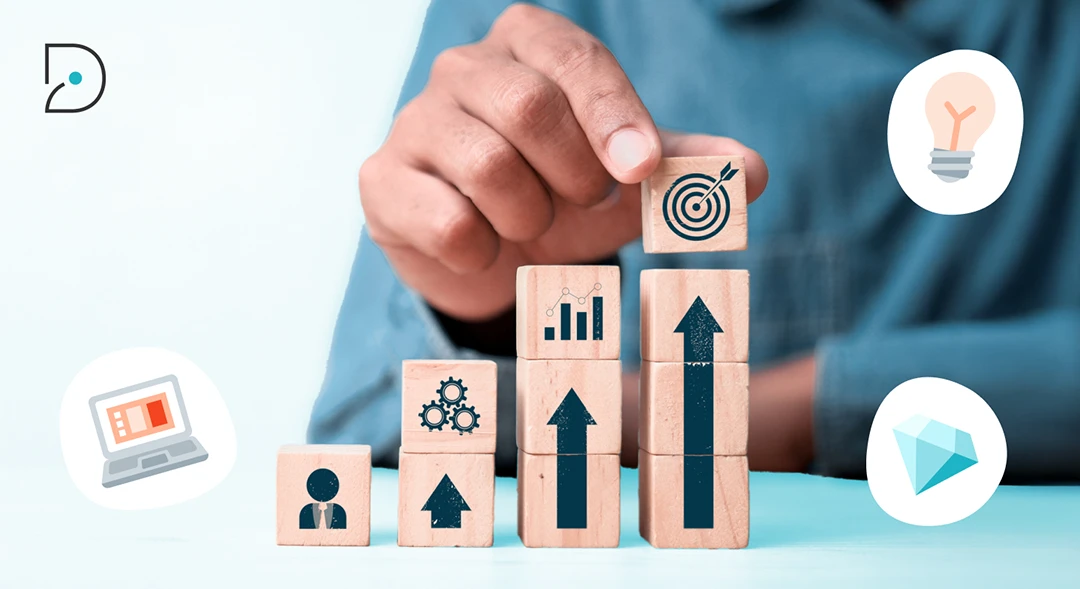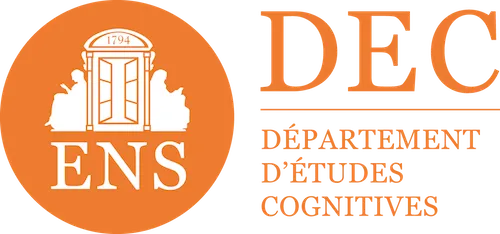

Learner Record Service (LRS): definitions, challenges and benefits
In a world where continuing education, digital learning and skills development are essential for companies and training organizations, the management of data, traces, interactions and learners' journeys is becoming strategic.
The Learner Record Service is at the heart of this transformation. But what is an LRS, why is it essential, how does it work, and what are its benefits?
What is a Learning Record Store and why should you adopt one?
What is an LRS?
A Learning Record Store is a specialized system, or software solution, intended to collect, store, process and return the data generated by learning activities (learning activities) of collaborators or learners. This data, or traces, is often structured according to the standard xAPI, which formalizes statements like User + Verb + Object.
An LRS acts like a central repository for all actions, whether formal (e-learning courses, videos, quizzes) or informal (mobile learning, face-to-face, external resources, exchanges, projects...) coming from various platforms, mobile applications, and third party resources.
Differences between an LMS and an LRS
The LMS (Learning Management System) is a training management system : it manages the organization, content, users, users, paths, evaluations, issuance of certificates, etc.
On the other hand:
- The Learning Management System can track some data, but it is often limited to the modules it hosts or to formal courses.
- The LRS complements these functions. : it can collect multi-source data using the API/xAPI standard, and thus also store informal actions, mobiles, offline mobiles, etc.
The LRS allows finer analysis activities, a global vision, data cross-referencing, stronger personalization.
In the majority of cases, the LRS does not replace the LMS, but is combined with it. The latter continues to manage the organization of training courses, registrations, certificates, courses, logistics. The LRS brings storage, study, visualization, richer data collection, multi-source integration.
How does an LRS actually work?
To fully understand, here is The main lines of how an LRS works :
- xAPI data collection/declarations: Systems or applications called Activity Providers (simulation, face-to-face or offline synchronized later, IoT, etc.) send xAPI statements to the LRS. Each statement follows the standard format: learner/agent + verb + object.
Example: “Collaborator A watched video X for 15 minutes.” - Authentication, API, secure storage: The LRS receives requests via the application programming interface (HTTP/HTTPS), validates the statements according to the requirements of the standard (format, metadata, security, security, immutability, etc.). The data stored can be vast, including binary attachments, metadata, etc.
- Persistent storage: All traces are kept, this includes formal and informal content, interactions, mobile or offline actions, gamification signals, etc. The LRS ensures the sustainability of the data, its integrity, often its anonymization or pseudonymization depending on the case.
- Analysis, reporting, visualization: Thanks to the data collected, we generate dashboards, indicators, performance reports, analytics in real time or almost. You can monitor engagement, progress, acquired skills, behaviors, etc.
- Integration with other systems: The LRS often integrates with the LMS, BI tools, ERP, ERP, human resources, skills management systems, etc. It can also export data, provide API to access data, collaborate with other LRSs, etc.
The key benefits of the LRS for companies and training organizations
Adopting an LRS to manage learning data
An LRS meets several essential challenges:
- Ensure the complete traceability of learning activities: exchanges, resources consulted, courses taken, durations, results... including in informal or mobile training. This makes it possible to better understand the motivation, the pace and the difficulties encountered.
- Optimize training courses through the analysis of the data collected: detection of points of friction, adaptation of content, improvement of the support or gamification mechanisms.
- Measuring performance and ROI training actions on reliable, structured and well-stored data.
- Ensuring the sustainability of data: The LRS works independently of the Learning Management System, allowing learning data to be retained and transferred even if the platform changes.
Personalized learning thanks to data
By studying the stored data, you can:
- Follow the precise path of each learner or collaborator: modules taken, courses consulted, actions completed, durations, scores.
- Identify weak skills or shortcomings, in order to offer adapted courses.
- Adapt the pace, recommend additional courses, or offer informal training capabilities.
Better evaluated and more effective training
- Measuring the real impact of content: which content generates engagement? Where do learners drop out?
- Compare different modalities: mobile vs face-to-face, video vs quiz, gamification, etc.
- Adjust the training catalog: remove or improve inefficient courses, integrate new modules to meet needs.
Real-time monitoring for more engaging journeys
- Get alerts or indicators as soon as a learner is stuck, late, or not very active.
- Edit current content, provide targeted support or help.
- Encourage motivation (gamification, exchanges) by tracking data, interactions, and activity times.
Seamless integration with your other systems
- Centralize data from the Learning Management System, but also from external applications, offline, mobile, etc.
- Integrate with HR systems to assess acquired skills, plan training, manage certifications.
- Integrate with analytics systems or BI tools for personalized dashboards, consolidated reports.
LRS and microlearning: a winning combination for modern training
The microlearning, with its short modules, accessible from mobile or online, requires detailed data collection: what short sessions were followed? At what point? On what device? What impact?
An LRS allows you to:
- Store these micro-modules, along with all the interaction data.
- Analyze engagement minute by minute, in very short courses.
- Combine this data with data from formal or informal actions.
- Adapt gamification, offer reminders, recommend additional content.
This is particularly relevant for modern businesses where training is no longer done only in long sessions, but in small fragments, often remotely, via telephone, in a real situation.
How do you select the LRS that best fits your structure?
Here are the criteria to be evaluated to select a relevant LRS for your organization or business.
The future of the Learner Record Service in corporate learning
- Predictive analytics: use stored data to anticipate dropouts, training needs, and recommend content before a drop in performance.
- Hyper-fine customization: more advanced algorithms, AI to adapt the course in real time according to the profile, the pace, the commitment.
- Increased interoperability: more standards, more connectors between LRS, ERP, BI tools, external platforms.
- Mobile engagement and immersive realities: VR/AR activity tracking, simulations, games, phone learning, sensors, etc., all integrated into the LRS.
- Micro-learning & valued informal learning: social interactions, collaborative work, informal responses are becoming all sources of data.
- Respect for privacy and data governance: sovereignty, consent, anonymization, transparency on the use of traces.
The Learner Record Service is not just a technological trend: it is a key element in the modernization of training, essential for training organizations and companies that want to effectively manage skills, measure engagement, personalize courses and make informed choices using data. Associated with an LMS but often complementary, the LRS makes it possible to collect, store, analyze, and visualize formal and informal learning actions.
At Didask, you have the opportunity to take advantage of these benefits without the need for an LRS.
Make an appointment directly with our eLearning experts for a demo or simply more information.












